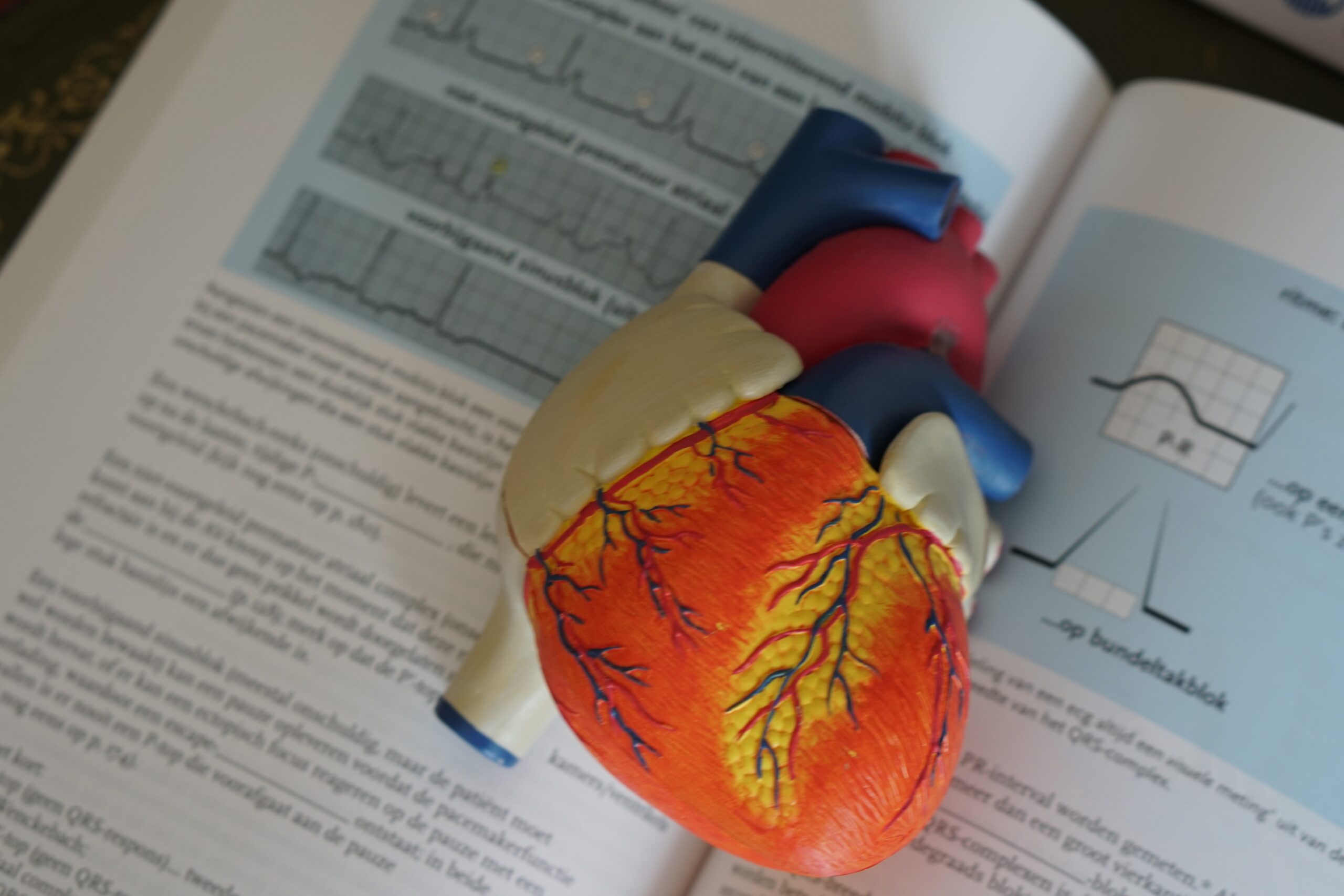Vein Treatment at Vascular Institute
Understanding the Causes, Symptoms, and Treatment Options
Veins are blood vessels that transport blood from various parts of the body back to the heart. However, sometimes these veins can become damaged or diseased, resulting in a range of symptoms that can affect a person’s quality of life. Fortunately, there are several vein treatment options available that can help alleviate these symptoms and improve a person’s overall health.
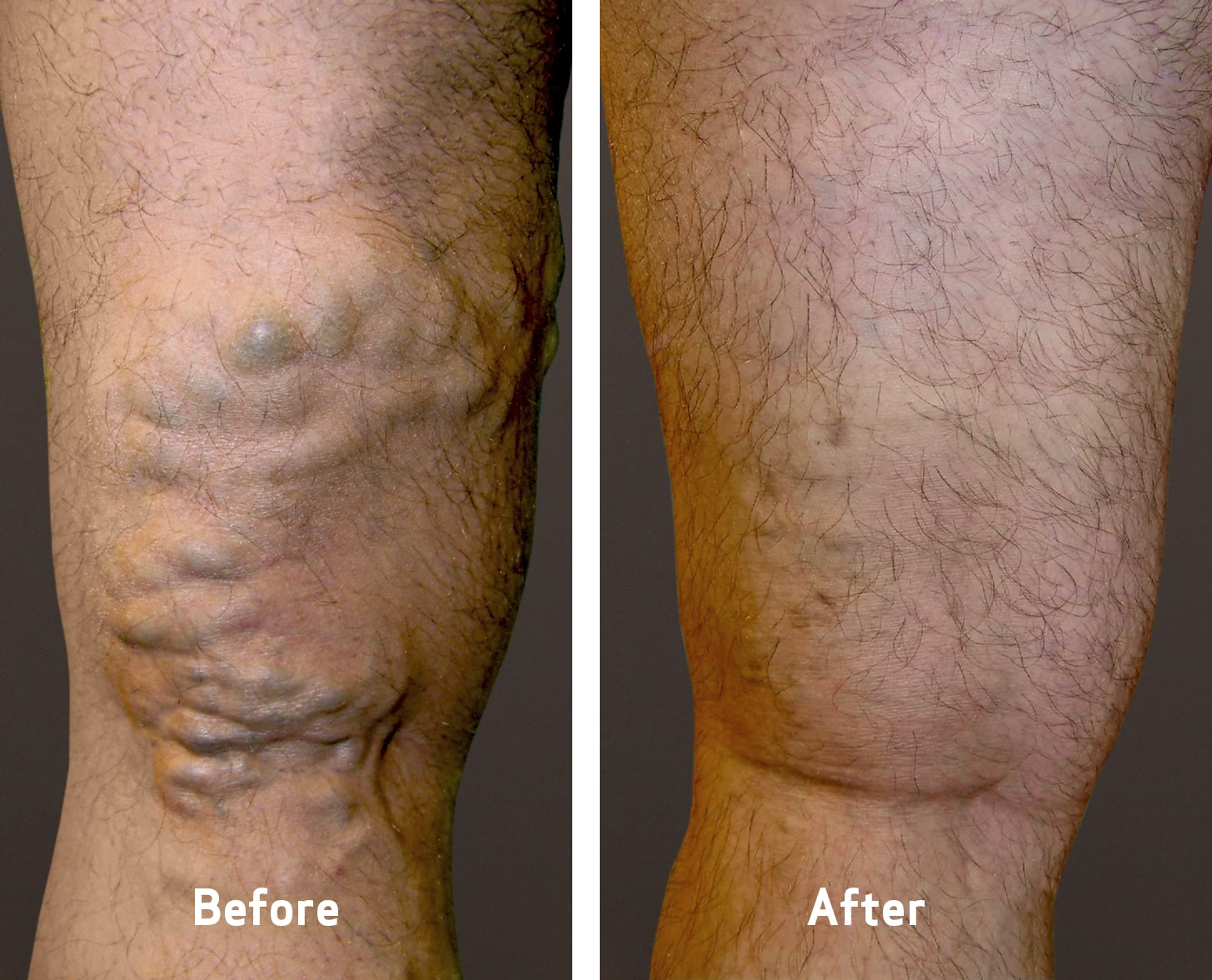
Vein Disorders
Spider Veins
Spider veins are smaller, red, purple and blue vessels that also twist and turn. They are easily visible through the skin and affect the capillaries. They look like spider’s web or tree branches and are visible on the legs. These can often cause aching or cramping in the legs. Other common symptoms include tiredness, restlessness, burning, throbbing or heaviness in the legs. Pain is usually relieved by elevating your legs or wearing compression stockings.
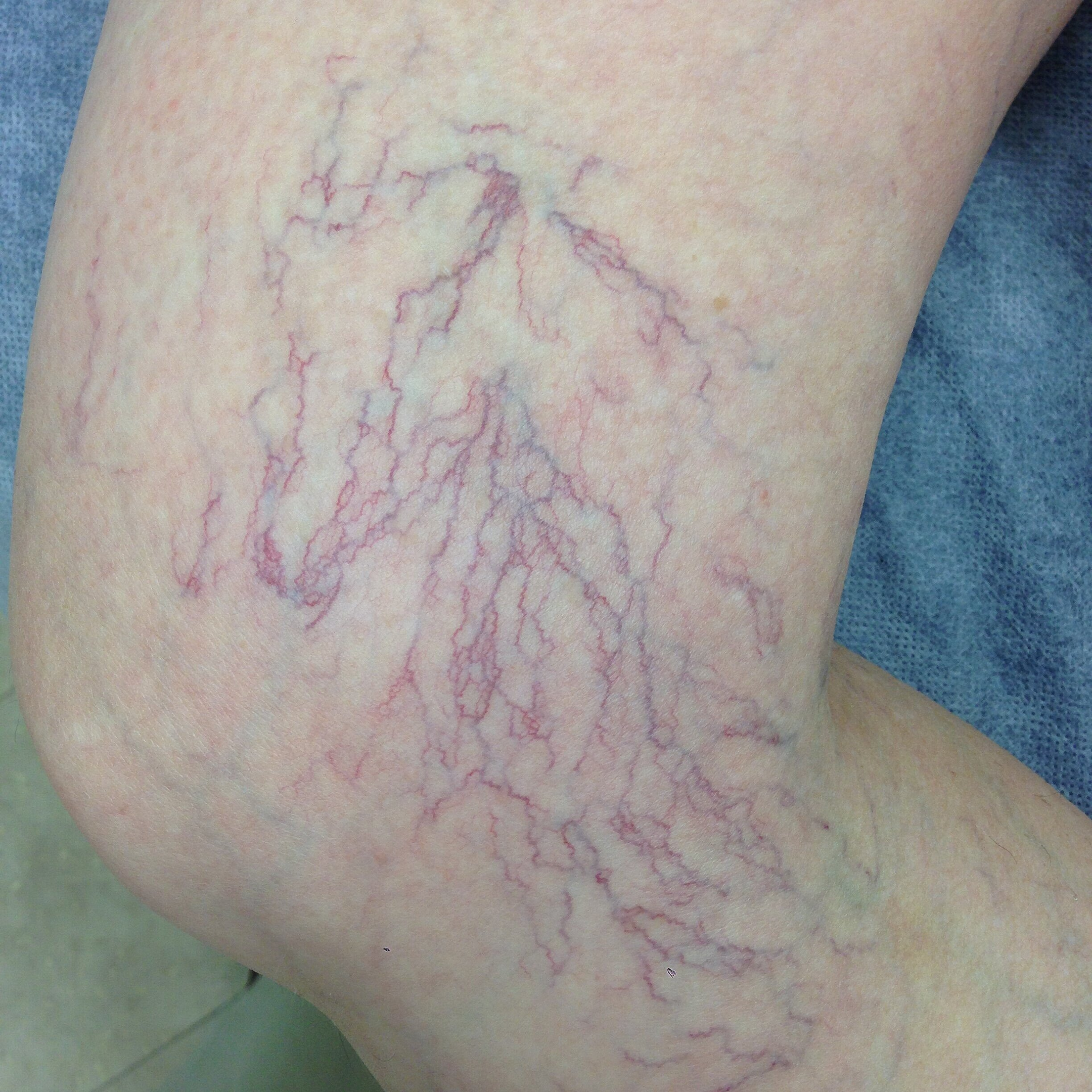
Varicose Veins
Varicose veins are swollen and enlarged veins. They happen most often in the legs. They can develop when valves in your veins become damaged. This causes problems with blood flow. Over time, too much blood collects in your veins. The veins may bulge, twist and stand out under your skin. They can cause symptoms such as cramping, aching, or swelling in your legs.
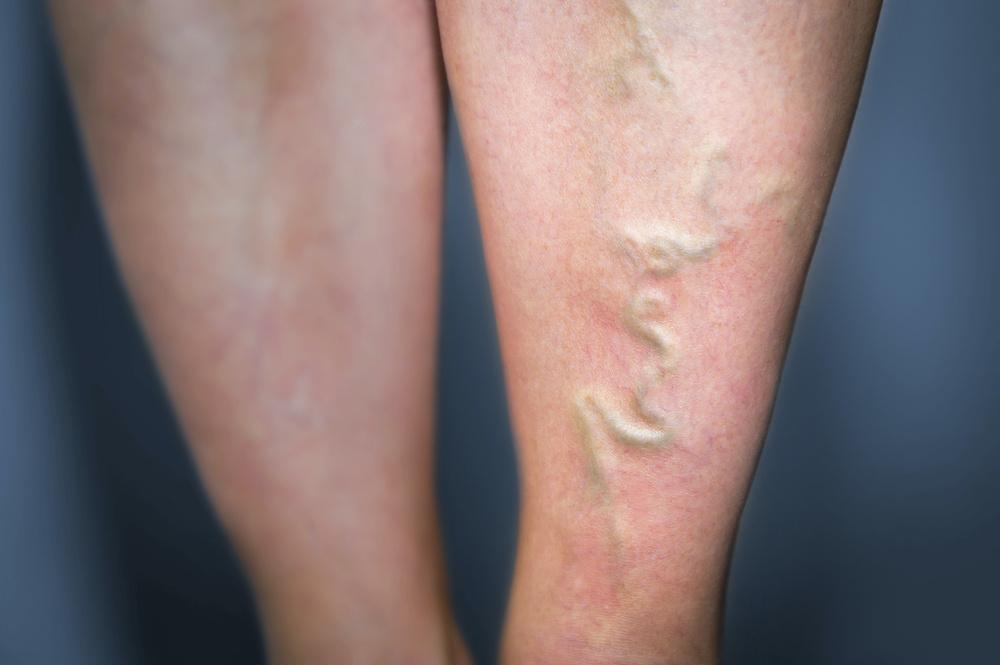
Venous Ulcers
Venous ulcers are open areas on the lower legs. They occur when the veins in your legs do not push blood back up to your heart. Blood back up in the veins, building up pressure. If not treated, increased pressure over time and excess fluid in the affected area can cause an open sore to form. Most venous ulcers occur on the leg, above the ankle. This type of wound can be slow to heal. Symptoms include swelling, achiness, and tiredness in the legs. Usually a red, irritated skin rash develops and then it develops into an open wound.
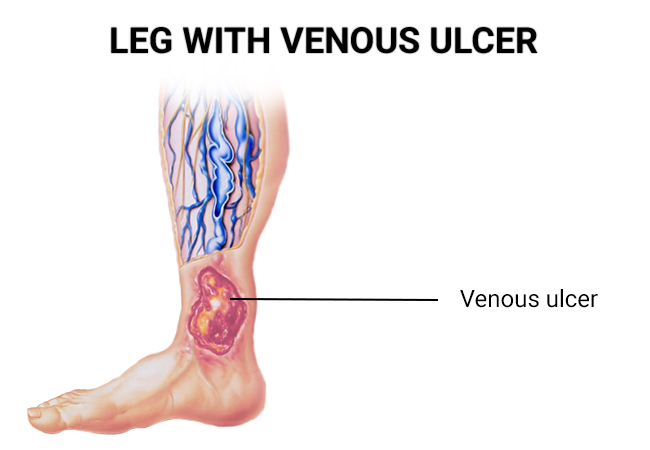
Venous Insufficiency
Venous insufficiency is improper functioning of the vein valves in the legs. This is when the veins don’t allow the blood to flow back to your heart. It can cause swelling in the legs and ankles, tight feeling in your calves or itchy and painful legs, pain when walking that stops with rest, brown-colored skin often near your ankles, leg ulcers that sometimes don’t heal, and painful leg cramps or muscle spasms.
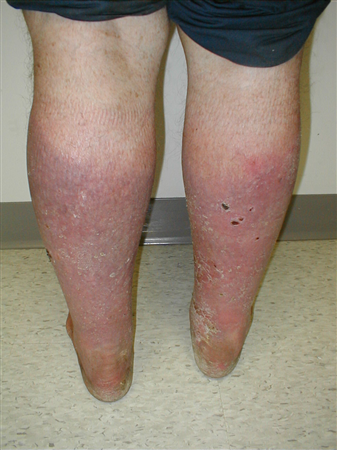
Superficial Venous Thrombosis
Superficial venous thrombosis is a blood clot that develops in a vein close to the surface of the skin. The skin over the vein becomes red, swollen and painful. Because blood in the vein is clotted, the vein feels hard under the skin. Treatment for this is a warm compress and over the counter medications. These most often subside by themselves.
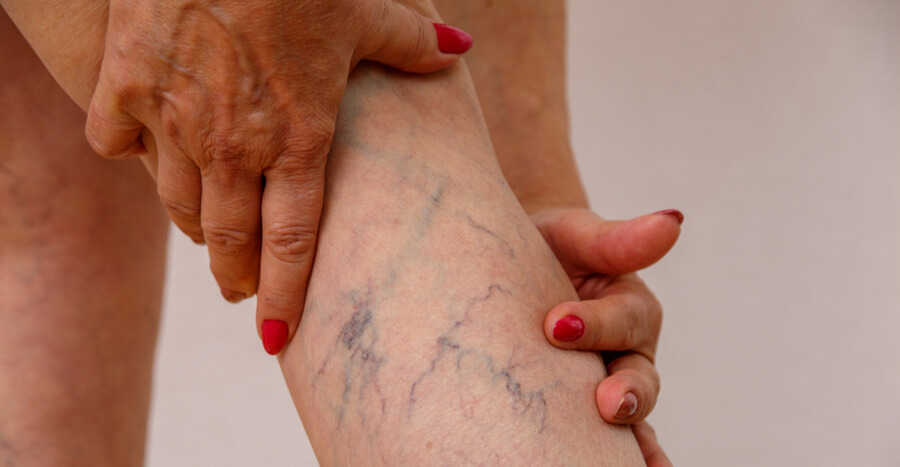
Deep Vein Thrombosis (DVT)
Deep vein thrombosis occurs when a blood clot forms in one or more of the deep veins in your leg. The clot may partially or completely block the blood flow in the vein. DVT can cause leg pain, swelling, red or discolored skin or a warm feeling in the leg. An ultrasound can be performed to diagnose a DVT.
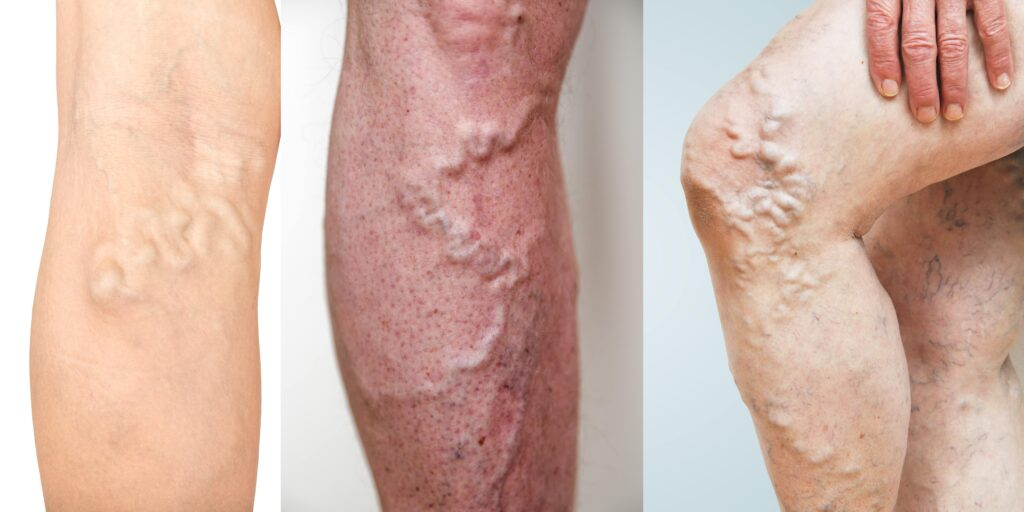
Vein Treatment Procedures
Vein treatment procedures vary from one diagnosis to another. The treatment can range from compression stockings to surgical correction. Some of the most popular treatment options for venous disease include sclerotherapy, venous ablations, and perforator procedure.
Sclerotherapy is when the doctor uses a special medicine to close and shrink the veins. It causes the vein to scar, forcing blood to reroute through healthier veins. The collapsed vein is reabsorbed into local tissue, and it eventually fades.
Venous Ablation is a minimally invasive treatment procedure for varicose veins and other chronic venous insufficiencies. The provider will insert a catheter into the defective vein to force it to close and shrink. Blood will then reroute to other healthy veins. The most common venous ablation technique done at Vascular Institute is Radio Frequency Ablation or RFA.
Causes of Vein Disorders
Vein disorders are typically caused by weakened or damaged valves in the veins. These valves are responsible for preventing blood from flowing backward in the veins, which can cause blood to pool and put pressure on the veins. Over time, this pressure can cause the veins to enlarge and become twisted or bulging, resulting in varicose veins.
Spider veins, on the other hand, are caused by the dilation of small blood vessels in the skin. While the exact cause of spider veins is not fully understood, it is thought to be related to hormonal changes, genetics, and certain lifestyle factors such as obesity and prolonged sitting or standing.
Symptoms of Vein Disorders
The most common symptom of vein disorders is the appearance of varicose veins or spider veins on the legs or other parts of the body. These veins are often blue or purple in color and may appear twisted or bulging. In addition to their unsightly appearance, varicose veins and spider veins can also cause a range of other symptoms, including:
- Pain or discomfort in the affected area
- Swelling in the legs or ankles
- Itching or burning sensations
- Restless legs
- Fatigue or heaviness in the legs
- Skin discoloration or ulcers (in severe cases)
In addition to these physical symptoms, vein disorders can also have a significant impact on a person’s mental health and overall quality of life. For example, individuals with varicose veins may feel self-conscious about the appearance of their legs and avoid certain activities, such as swimming or wearing shorts.
Treatment Options for Vein Disorders
There are several vein treatment options available that can help alleviate the symptoms of varicose veins and spider veins. These treatment options range from non-invasive procedures to more invasive surgical techniques, depending on the severity of the condition.
-
Compression Stockings
One of the most common treatments for varicose veins and spider veins is the use of compression stockings. These stockings are designed to provide pressure to the legs, which can help improve blood flow and reduce swelling. Compression stockings are available in a range of styles and compression levels, and can be worn during the day or at night.
While compression stockings can be an effective treatment option for mild cases of varicose veins or spider veins, they may not be sufficient for more severe cases.
-
Sclerotherapy
Sclerotherapy is a minimally invasive treatment option that involves injecting a solution directly into the affected veins. This solution causes the veins to collapse and eventually fade from view. Sclerotherapy is typically used to treat small to medium-sized varicose veins and spider veins.
-
Endovenous Laser Treatment (EVLT)
Endovenous laser treatment (EVLT) is a non-invasive treatment option that uses a laser to heat and seal the affected veins. This treatment is typically used to treat larger varicose veins and can be performed on an outpatient basis.
-
Vein Stripping
Vein stripping is a surgical procedure that involves removing the affected veins through small incisions in the skin. This treatment is typically reserved for severe cases of varicose veins that have not responded to other treatment options.
Frequently Asked Questions
-
What is vein treatment?
Answer: Vein treatment refers to medical procedures and interventions aimed at addressing various vein disorders, such as varicose veins and spider veins, to alleviate symptoms, improve cosmetic appearance, and enhance overall vein health.
-
Who is a candidate for vein treatment?
Answer: Individuals who have symptoms or concerns related to vein disorders, such as pain, swelling, or the appearance of visible veins, are potential candidates for vein treatment. It is best to consult with a healthcare professional who specializes in vein conditions to determine the most appropriate treatment options.
-
What are the non-surgical treatments available for vein disorders?
Answer: Non-surgical treatments for vein disorders include sclerotherapy, laser therapy, radiofrequency ablation, and compression therapy. These minimally invasive procedures are often effective in treating varicose veins and spider veins.
-
What is sclerotherapy?
Answer: Sclerotherapy is a procedure in which a solution is injected into the affected vein, causing it to collapse and eventually fade away. It is commonly used to treat spider veins and smaller varicose veins.
-
How does laser therapy work for vein treatment?
Answer: Laser therapy involves the use of laser energy to target and heat the affected vein, causing it to collapse and be absorbed by the body. It is an effective treatment option for smaller varicose veins and spider veins.
-
What is radiofrequency ablation?
Answer: Radiofrequency ablation is a minimally invasive procedure that uses heat energy delivered through a catheter to close off diseased veins. This treatment is particularly effective for larger varicose veins.
-
Are there any risks or side effects associated with vein treatment?
Answer: Like any medical procedure, vein treatments carry some risks. These may include temporary discomfort, bruising, swelling, or, rarely, more serious complications such as infection or blood clots. It’s important to discuss potential risks with your healthcare provider before undergoing any treatment.
-
How long does it take to recover from vein treatment?
Answer: The recovery time can vary depending on the specific treatment and the individual’s condition. In general, minimally invasive treatments require less downtime compared to surgical procedures. Most patients can resume normal activities shortly after treatment, although strenuous exercise and prolonged sitting or standing may need to be avoided for a certain period.
-
Can vein disorders return after treatment?
Answer: Vein disorders may recur after treatment, especially if the underlying risk factors are not addressed. However, with proper lifestyle modifications and ongoing care, the recurrence rate can be minimized. Regular follow-up appointments with your healthcare provider can help monitor your veins’ health and address any new concerns.
-
How effective is vein treatment?
Answer: Vein treatments are generally highly effective in reducing symptoms, improving cosmetic appearance, and enhancing overall vein health. The specific effectiveness may vary depending on the individual’s condition, the chosen treatment, and their adherence to post-treatment care recommendations. Consulting with a vein specialist will provide a better understanding of the expected outcomes for your specific case.

